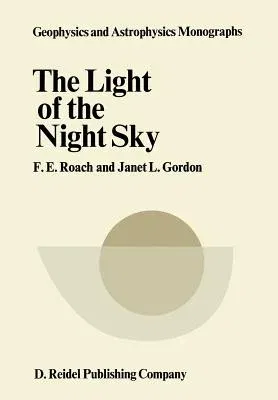F E Roach
(Author)The Light of the Night Sky (Softcover Reprint of the Original 1st 1973)Paperback - Softcover Reprint of the Original 1st 1973, 1 December 1973

Qty
1
Turbo
Ships in 2 - 3 days
In Stock
Free Delivery
Cash on Delivery
15 Days
Free Returns
Secure Checkout
Part of Series
Episteme
Print Length
126 pages
Language
English
Publisher
Springer
Date Published
1 Dec 1973
ISBN-10
9027702942
ISBN-13
9789027702944
Description
Product Details
Author:
Book Edition:
Softcover Reprint of the Original 1st 1973
Book Format:
Paperback
Country of Origin:
US
Date Published:
1 December 1973
Dimensions:
24.41 x
16.99 x
0.76 cm
ISBN-10:
9027702942
ISBN-13:
9789027702944
Language:
English
Location:
Dordrecht
Pages:
126
Publisher:
Series:
Weight:
235.87 gm

